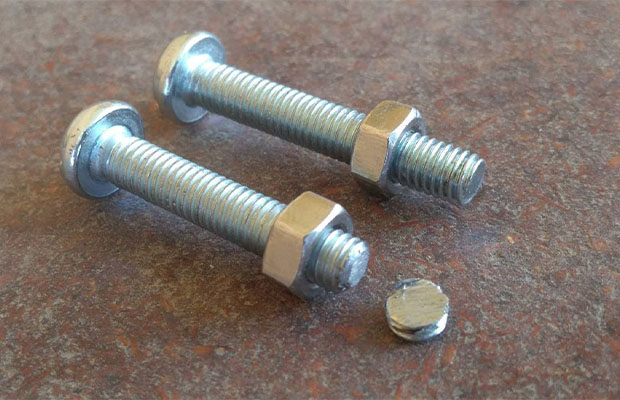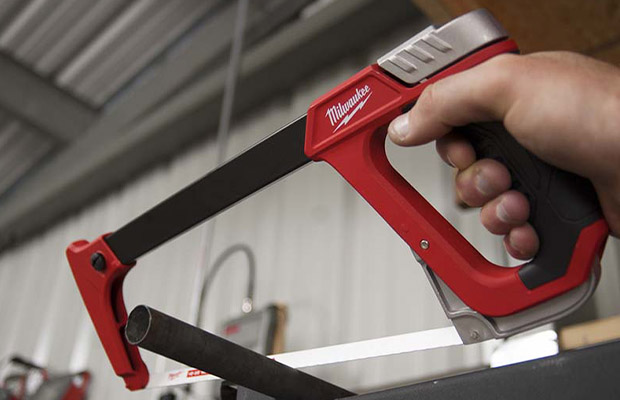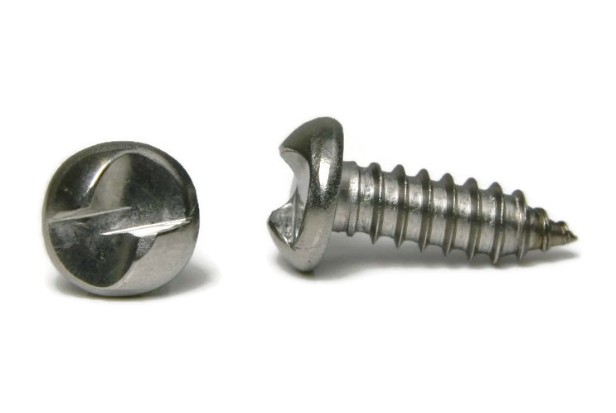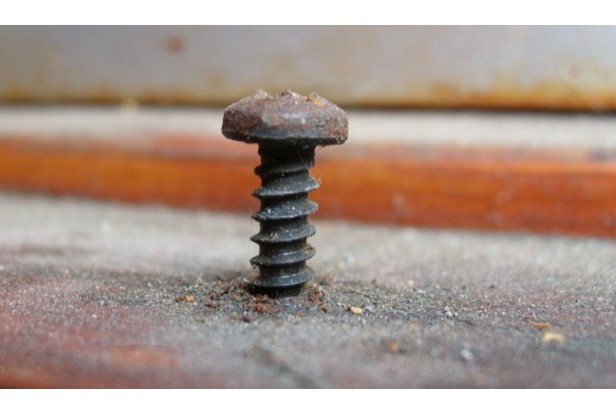
Although it may seem difficult, the following tools make cutting through screws and other metal fasteners quick and simple.
It may be very challenging to remove a screw head that has been damaged. It’s likely that you’ll eventually run into a screw, nail, or other fastener that just needs to be cut.
But how do you cut a screw? You can use a bolt cutter, hacksaw, reciprocating saw, oscillating tool, or angle grinder to solve this problem. Learn more by reading on!
Table of Contents
How to Cut a Screw: Here’s What You Will Need
You will require a variety of tools for each of the numerous methods for cutting screws and nails.
- You only need a few wire cutters, for instance, to use the snipping technique.
- The aforementioned tool is required for the hand saw method.
- The Jigsaw method needs a jigsaw (obviously!) and a metal-cutting blade.
- You can also finish this process with a reciprocating saw, alongside a metal-cutting blade, again.
- Bolt cutters can also be used to complete the task.
As a side note, always keep in mind that you should install a metal-cutter before using a power saw.
How to Cut a Screw? 5 Easy Methods
It may seem impossible to cut through unwanted nails and screws, but it is simple to do once you know how.
1. Bolt Cutter
This tool is comparable to the wire cutters mentioned earlier in that it also necessitates manual labor to produce the desired outcome. However, it is useful because it has much longer handles that give you more force for the applied force and bigger, sharper blades that make cutting much simpler.
For cutting through nails and screws that are significantly thicker than usual, bolt cutters are better suited.
2. Hacksaw
An all-purpose metal-cutting saw typically identified by the length of its blade is a hacksaw. They can vary from 6-inch mini hacksaws up to heavy-duty 24-inch tools. On small hacksaws, the sprung steel of the frame provides all of the tension necessary to hold the blade, whereas a lever or tensioning knob is used in larger models.

The thin blade makes it simple to fit into small spaces when cutting screws, nails, or bolts. Smaller hacksaws are an excellent addition to any DIY toolkit and can be purchased for as little as a few dollars. The downside is that they can require a fair amount of physical effort depending on the size of a screw being cut. Everybody can benefit from a good hacksaw blade, and bi-metal blades can enhance cutting efficiency.
3. Reciprocating Saw
In light of our limited experience with this problem, we advise using the technique described here to cut through stray screws and nails. The reciprocating saw, also known as the “Sawzall,” is an extremely potent power tool when it comes to mowing through metal. Additionally, compared to hand saws and wire cutters, it completes the task much faster and with less effort, and its versatility surpasses that of a jigsaw.
Because of these factors, this is the approach we take whenever we run into this problem in a woodworking project. Furthermore, because it cuts nails and screws just as easily as any metal, its effectiveness in dealing with difficult-to-reach ones, especially those holding two different pieces together, is unmatched.
The necessary precautions, such as donning the metal-cutting blade, should always be kept in mind before attempting any cuts. Additionally, you must make sure that you are firmly holding the saw guard the entire time to prevent binding and pinching.
4. Oscillating Tool
With variable speeds that can reach more than 20,000 oscillations per minute, oscillating tools offer a quick cutting or sanding motion and are simple to handle. Typically, they include a number of quick-change attachments that are suitable for a wide range of DIY tasks. They are well-liked by both DIYers and professionals, including plumbers and electricians, due to their versatility.
Wood, plastic, and metal can all be cut with multipurpose oscillating tool blades, and they can also be angled to remove protruding screws and other fasteners flush with the surface. Spare and specialty blades like these, which are available from Amazon, are made to fit all well-known brands, even though the blade attachment system varies from one manufacturer to the next.
5. Angle Grinder
Angle grinders are often seen as heavy-duty tools, capable of chopping through concrete, thick bolts, and rebar. But with skill, angle grinders can also be used to polish, sharpen, or shorten screws, nails, and other metal fasteners.
Angle grinders come in a variety of sizes, and 4½-inch models (the outer diameter of the disc) are far and away the most popular. It’s important but not difficult to decide on the kind of disc to use. These cutting wheels from Amazon are typical; spares are clearly marked as either stone-cutting or metal-cutting. They fit any angle grinder with a typical 7/8-inch arbor, despite the fact that they are DeWalt-branded.
Read More:
Final Thoughts
Once you know how, cutting through screws, nails, and other metal fasteners is really quite simple.
Each of the aforementioned tools offers a tried-and-true method for removing broken screws in various circumstances. Most of these solutions address the issue of how to shorten screws.
When cutting screws or other metal objects, it’s important to be careful. Eye protection is always advised. These tools work well and require little effort, but it’s important to use them carefully. Also keep in mind that the cut piece may be extremely hot right after it has been cut, so avoid picking it up right away.


